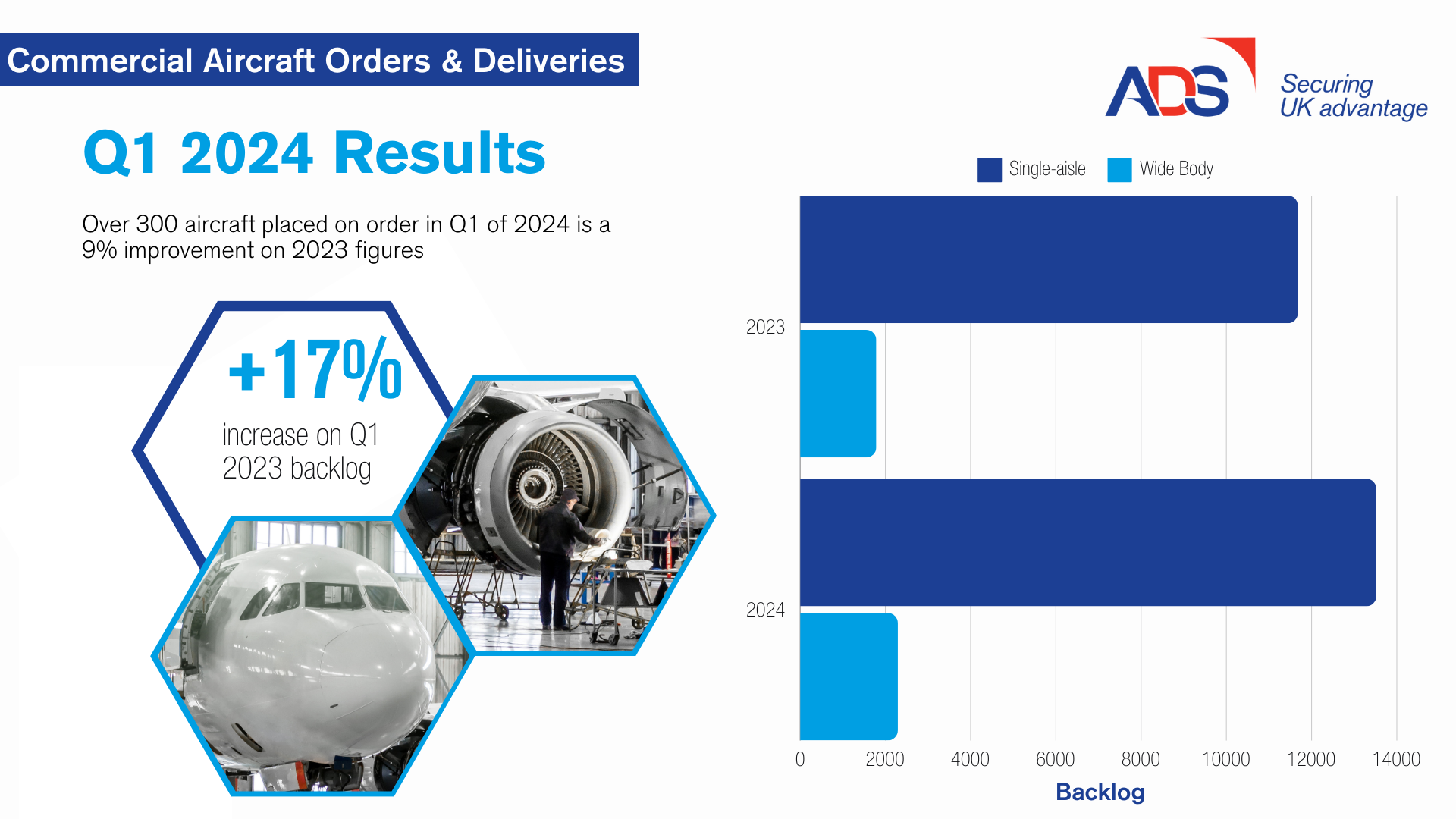With only 5 weeks to go until London hosts #aerodays2015 – Europe’s flagship event for aviation research and innovation – ADS will be blogging in the lead up, highlighting the importance of each of the 5 themes of the conference.
This week, we are looking at the theme of ‘Competitiveness of Industry’ – which during the conference has 14 technical sessions across 3 days, is the theme of the opening session, and seeks to focus on how the European Aerospace industry can use R&D to be a key enabler to ensure it remains globally competitive.
Innovation is crucial to the future development of the aerospace industry. As the demand from customers changes and adapts, and other nations build on their own industrial successes, innovation – both in engineering, design, and process management – will be key to ensuring UK and European Aerospace companies are able to compete globally.
Initiatives in the UK such as the Aerospace Technology Institute (ATI) will ensure that research & technology (R&T) investment is funded alongside a long term, strategic view of the future of the industry – as well as establishing new opportunities for collaboration and developing the research infrastructure required.
Across the EU too, programmes such as Clean Sky (CS) will be crucial to ensure Europe is working to stay ahead of developments in established aerospace nations, as well as emerging markets. Whilst the rationale behind CS2 is to improve the environmental performance of aviation, this is also a critical market demand. Airlines and leasing companies are continuing to demand more fuel efficient, quieter and smarter aircraft. Manufacturers throughout the supply chain are therefore seeking to develop and market new products that achieve this goal – and work towards targets set in Europe’s Flightpath 2050 vision.
Clean Sky 2 is vital in this regard – as it allows major primes, small companies and other integrator companies to come together, and use European funding to develop ‘technology demonstrators’. These ‘demonstrators’ help to cover the high cost of ensuring innovations are safely tried and tested, before being brought to market. Overall, this approach is critical and helps to bridge the gap between basic and applied research.
UK companies have been at the forefront of Clean Sky projects – with Bombardier in Belfast completing a new zero-splice nacelle, which reduces the joins needed to make the inner lining of an engine casing, and reduce noise. In addition, GKN Aerospace has delivered a new leading edge demonstrator – paving the way for the next stage of development of an ultra-high performance, natural laminar flow (NLF) wing to improve aerodynamics and aircraft efficiency. CS has also been pivotal in helping Rolls-Royce develop a new open rotor demonstrator – which explores the significant reductions in fuel burn and CO2 emissions open rotor engines can have, relative to turbofan engines. Rolls-Royce is also the only UK company as a founding member of Clean Sky.
With technical sessions ranging from structures & materials to the next stage of additive manufacturing, aerodays2015 will offer a key platform for R&D professionals and policy makers to discuss how innovation can ensure Europe remains globally competitive.





